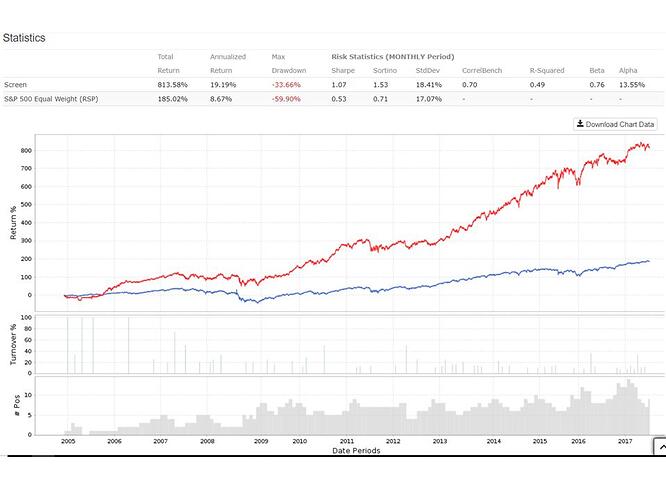Those who are seriously interested in this topic may want to Google “Modigliani Miller.” I recall from my B-school days that this team of researchers led the way in capital structure research.
Their conclusions, as I recall, were that capital structure did not matter.
The expected cost of equity is and must be higher since equity holders assume more risk and need to be compensated for that. (Realized returns don;the always meet expectations, but that’s a whole different matter – and reinforces the need for an un-front expected risk premium).
So from the company point of view, debt capital is always cheaper (before the fact) than equity. And in recent decades, it has become more so given the plunge in interest rates. So we have seen a lot of companies shift balance sheets toward debt.
But there is no free lunch. Debt is a mixed bag from the company POV. On the good side, it’s cheaper and debt holders don’t share in the growth of profitability – equity holders get to keep it all. But there’s a monstrous downside – debt capital requires fixed obligations re: cash outflow and the consequences for non-compliance can be severe.
Back in the '80s when I was covering companies, I asked a large media-company CFO why they weren’t leveraging up as their peers were. He answered that investment bankers regularly came in with projections showing how well it could work. All the company needed was to keep cash flow growth around 3% per year, a far lower rate of growth than they’d been averaging. His answer, as he threw them out of the office, was that the analysis was bullsh**. Even if they average 8%, you have to consider how the average was happening. It wasn’t like 7%, 9%, 7.5%, 8.5%, etc. Motion pictures was a big part of the business and it could just as easily be 10%, 12%, 6%, 11% -40%, +80% . . . but they’d never actually get to +80% because at -40%, or possibly even -5%, they’d wind up in Chapter 11. He was absolutely right, as I later saw when I got into junk bonds.
In fact, there was an article in a local NYC Business publication about how a lot of what we see as the retail apocalypse is not really amazon’s fault. A lot of stores are closing and chains going under because they can;the service the hefty debt burdens they took on, either on their own or as a result of private equity buyouts, during the boom years.
I don’t remember the Modigliani Miller math, but their research showed that risk and return tradeoffs operated such that no capital structure was inherntly better or worse than any other.
